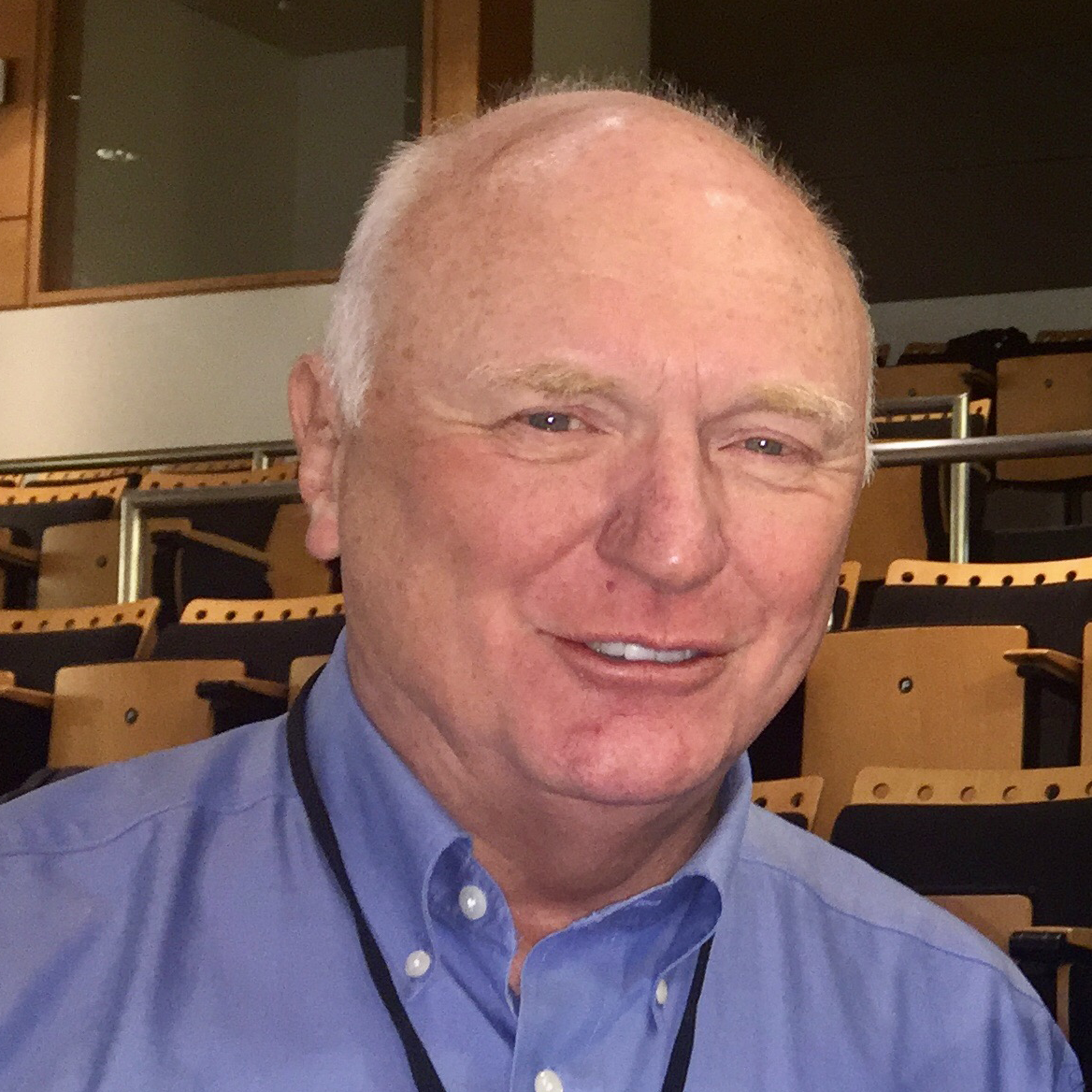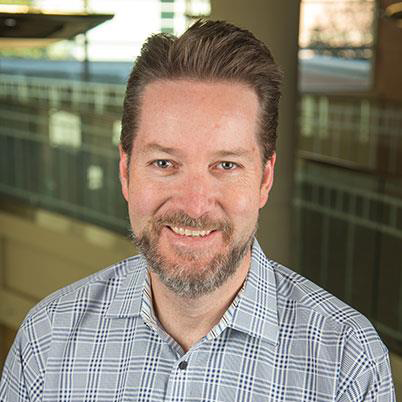A team of scientists and University of Colorado Cancer Center members are collaborating to understand pre-malignancy in lung cancer and decrease the risk of developing the disease, supported by a grant to promote such multi-investigator research.
The multi-faceted research, led by principal investigator York Miller, MD, the Thomas L. Petty Chair of Lung Research in the CU School of Medicine and staff physician at the Rocky Mountain Regional VA, is focused on identifying factors within the lung that determine the fate of premalignant lesions to either spontaneous regression or progression to cancer.
This research recently gained support from the CU Anschutz School of Medicine Programmatic Incubator for Research (CU ASPIRE) program, which is designed to facilitate collaborative research groups working on unmet needs in basic science or clinical medicine that can only be addressed by a team of investigators. CU ASPIRE support helps scientists develop research that can be competitive for more significant funding.
“One really exciting thing about this ASPIRE grant and this team is it’s really bringing together people with very different but complementary expertise,” says Eric Clambey, PhD, director of the Flow Cytometry Shared Resource within the CU Cancer Center and assistant professor of anesthesiology in the CU School of Medicine. “We have clinicians and basic researchers representing a range of expertise that allows us to both interface with ongoing clinical trials and enhance work being done in the lab.”
Aiming to decrease lung cancer risk
The team of researchers have been collaborating for several years on three projects focusing on lung cancer pre-malignancy. “We’re not treating established lung cancer, but looking more for medical interventions that can decrease the risk for people who are at high risk, particularly smokers and former smokers,” York explains.
The first project, led by Miller and Moumita Ghosh, PhD, an associate professor of pulmonary sciences and critical care, focuses on epithelial progenitor cells that repair the airways or lungs when they’ve been damaged. These cells can self-renew and differentiate into all epithelial cell types.
“We have more and more information that as pre-malignancy advances, the function of these cells decreases, there’s a loss of their ability to repair during cancer development,” York explains.
This research has been ongoing for several years and has resulted in significant data relating to squamous cell cancer, which forms in the lungs’ central airways. An aim of the research is to gather more data relating to adenocarcinoma, which forms in peripheral areas of the lungs.
“Normally we use endobronchial biopsies with patients who are at high risk for lung cancer and partner with the VA to work with this population,” Ghosh explains. “We grow progenitor cells from these biopsies and then look at their function, do genomic studies, cell culture studies, trying to look for markers that can tell us which particular lesion is a higher risk to progress to cancer. By identifying lesions that are at higher risk for progressing to cancer, we can work toward earlier detection and prevention.”
Better understanding pre-malignancy
Another project supported by the CU ASPIRE is studying immune cells in lung tissues, based on previous research demonstrating that pre-malignancy in the airways can regress, persist, or progress to cancer.
“A lot of work that we’ve done on central airway squamous cell carcinoma has pointed to some significant differences in progressive lesions with respect to the microenvironment and immune milieu,” Clambey says. He and Daniel Merrick, MD, an associate professor of pathology in the CU School of Medicine, are leading research aiming to understand immune signatures and activations as well as antigen presentations associated with pre-malignancy pulmonary lesions that regress versus those that progress.
“One of our goals is to get some preliminary data in precursors to adenocarcinoma and to better understand whether these alterations are similar to or differ from those that occur in the precursor lesions of squamous cell carcinoma,” Merrick explains.
Complementary research
The third project associated with this research is being led by Meredith Tennis, PhD, an associate professor of pulmonary sciences and critical care in the CU School of Medicine, and Robert Keith, MD, a professor of pulmonary sciences and critical care, will investigate the mechanisms of regression, persistence, or progression of pulmonary pre-malignancy using mouse modeling. Keith also is responsible for two ongoing trials on the CU Anschutz campus, including one of the first in the country to evaluate immunotherapy in the premalignancy arena, which can parallel the research he and Tennis are conducting.
“We’re fortunate to have both models of adenocarcinoma and squamous cell carcinoma for the lung, so we’re able to have a couple of different goals,” Tennis explains. “One is to use mouse models back and forth with the other two projects – while they’re learning about progenitor cells and immune cells, we’ll be looking at how to use mouse models to parallel human studies and get really interesting data.”
The research also will use mouse models to parallel current clinical trials and study lung tissue cultures over extended periods to better understand how pulmonary cells maintain structure and function.
For all three projects, the CU ASPIRE support “provides a synergy between the three projects,” Merrick says. “We joke about having thought about doing this sort of collaboration for a very long time, and ASPIRE was the kick in the pants we needed to establish that synergy between our interdisciplinary PIs. It’s allowing us to look at the bigger picture and identify gaps in data so we can work toward more significant funding in the future.”









.png)